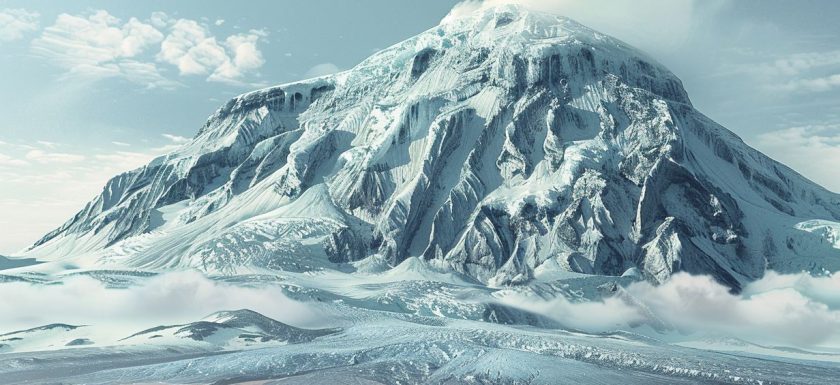
The majestic glaciers of Mount Kilimanjaro are rapidly disappearing, leaving scientists concerned about the future of this iconic African landmark.
Climate change, deforestation, and human activities are cited as the main culprits behind this alarming trend.
We will explore the timeline for the potential disappearance of Kilimanjaro’s glaciers, the impact this loss will have on the environment and economy, and what steps can be taken to preserve this natural wonder for future generations.
Let’s dive in and uncover the facts behind this pressing issue.
Key Takeaways:
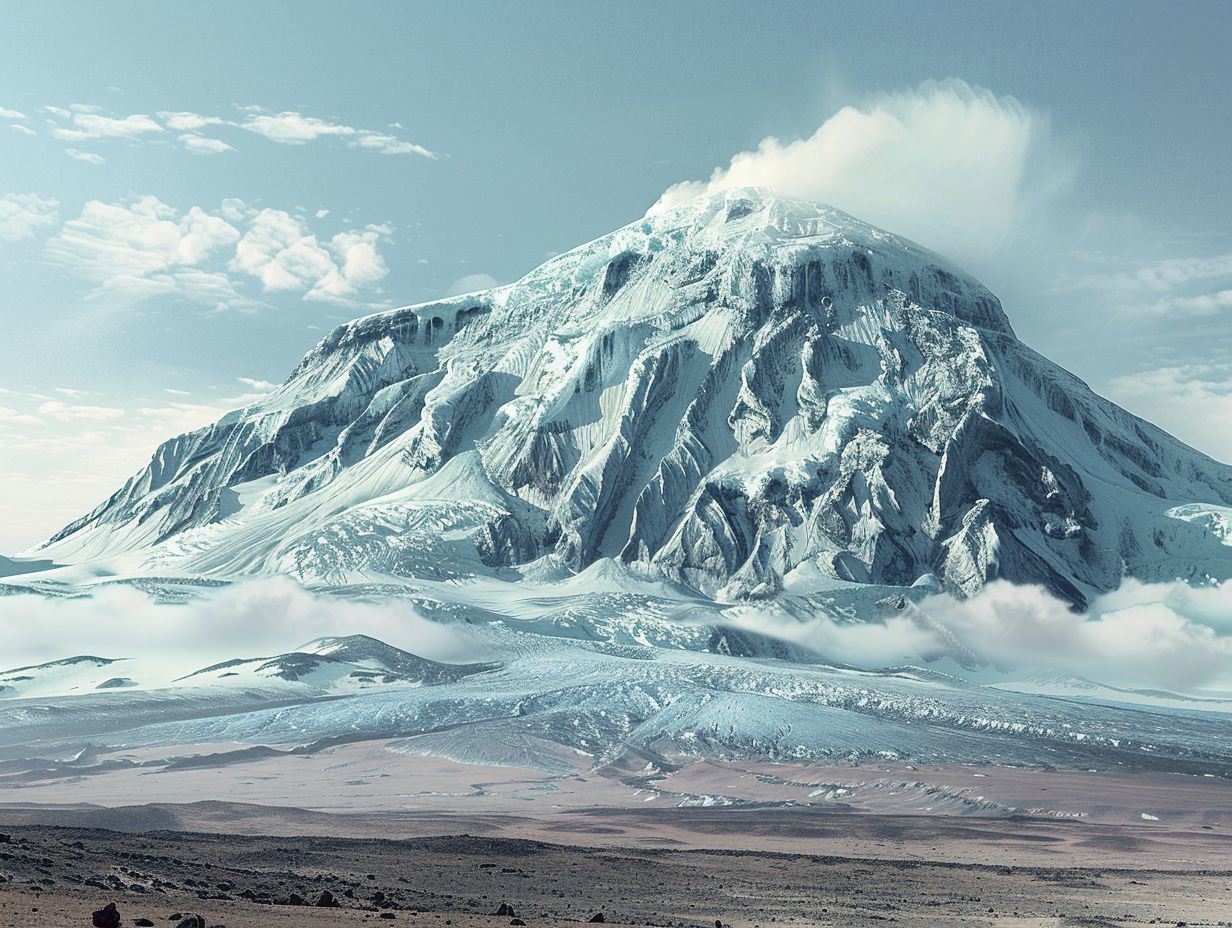
- The Kilimanjaro glaciers are disappearing due to climate change, deforestation, and human activities.
- Scientists predict that the glaciers will completely disappear by 2040, with significant changes already seen over time.
- The disappearance of Kilimanjaro glaciers will have a negative impact on the environment and economy, and efforts to reduce carbon emissions, reforest, and promote sustainable tourism are needed to save them.
What is Causing the Disappearance of Kilimanjaro Glaciers?
The disappearance of Kilimanjaro glaciers is primarily attributed to the effects of climate change on the region.
The melting of the glaciers and ice fields on Kilimanjaro is a direct consequence of rising global temperatures due to climate change. These majestic ice formations have held a significant historical significance, enchanting explorers and locals alike for centuries with their vast beauty and symbolic presence.
Various environmental factors, including increased greenhouse gas emissions and deforestation in the surrounding areas, have accelerated the retreat of Kilimanjaro glaciers. Changing precipitation patterns and alterations in cloud cover contribute to the diminishing ice caps, further emphasizing the fragile interplay between climate, geography, and human activities.
Climate Change
Climate change, driven by global warming, has led to significant shifts in environmental patterns that directly impact glaciers like those on Kilimanjaro. Scientists have been studying these changes and making predictions about the future of glaciers with the aim of understanding the broader implications of climate change.
One of the key factors scientists have observed is the rising global temperatures, which have set in motion a series of cascading effects on glaciers worldwide. Research indicates that as temperatures continue to climb, glaciers experience accelerated melting rates, contributing to their overall retreat.
These predictions have implications not only for the local ecosystems and communities that rely on glacial water sources but also on a global scale, as glacier loss affects sea levels, freshwater availability, and even weather patterns. The scientific consensus is clear: the world’s glaciers are diminishing at an alarming rate, requiring immediate attention and action to mitigate the impacts.
Deforestation
Deforestation
in the surrounding areas of Kilimanjaro has also contributed to the disappearance of its glaciers. The loss of forest cover not only affects the local climate but also accelerates the melting of ice fields on the mountain.
The link between deforestation and glacier loss on Kilimanjaro is evident in the intricate balance of the region’s ecosystem. The trees that once provided shade and moisture retention are diminishing, leading to soil erosion and altering the water cycle. This disruption not only impacts the flora and fauna but also influences the weather patterns, resulting in changes in precipitation and temperatures.
Human Activities
Human activities, including the release of green house gases and industrial emissions, have significantly contributed to the disappearing glaciers of Kilimanjaro. The increase in global emissions has created a warming effect that directly impacts the ice fields on the mountain.
These emissions form a thick blanket of heat-trapping gases around the Earth, leading to a rise in temperatures. As a result, the once majestic glaciers of Kilimanjaro are melting at an alarming rate, disrupting the delicate ecological balance of the region. The accelerated loss of ice poses a critical threat not only to the mountain itself but also to the surrounding ecosystems and water sources.
When Will Kilimanjaro Glaciers Disappear?
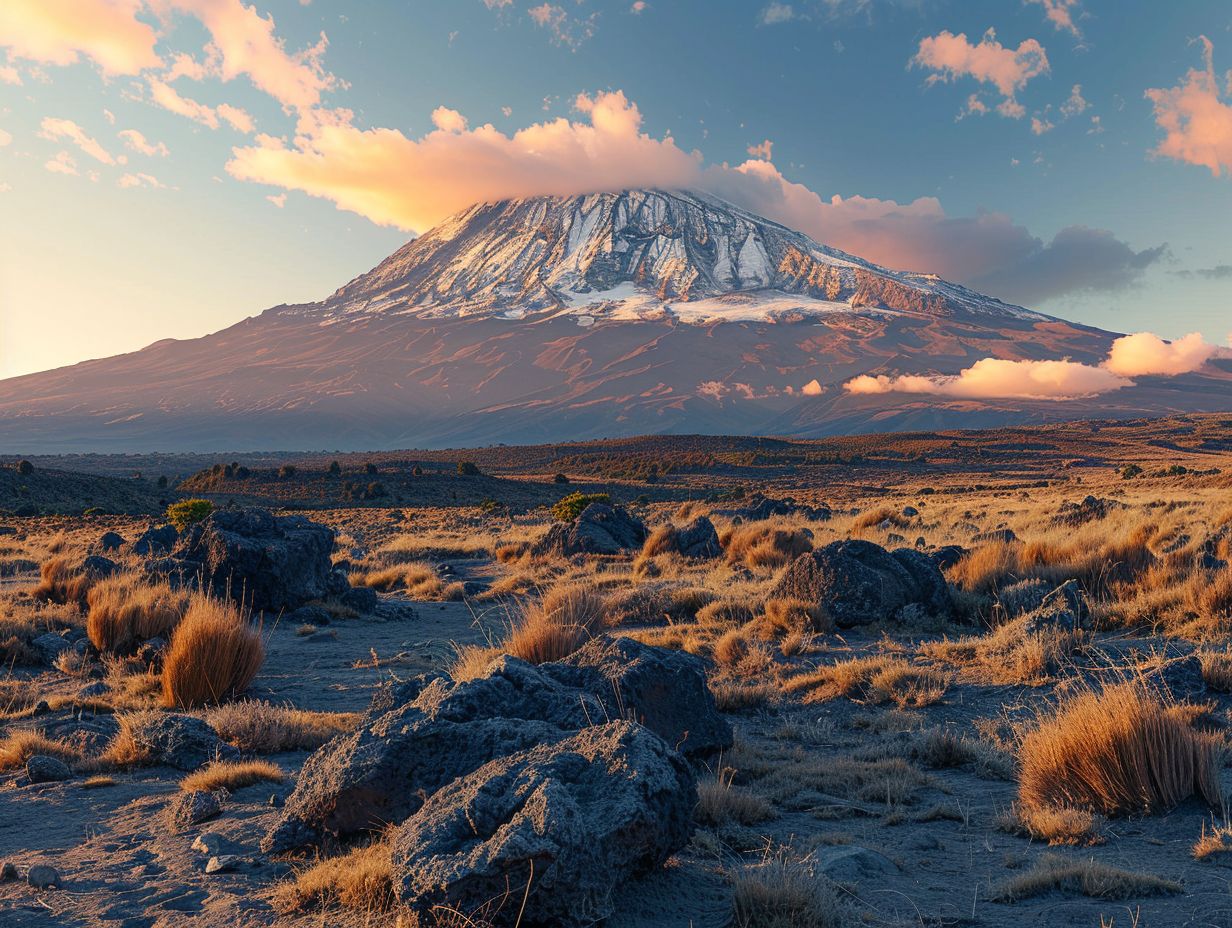
The timeline for the complete disappearance of Kilimanjaro glaciers remains a subject of scientific prediction and debate.
Researchers are actively monitoring the changes in glacier mass loss and ice fields to refine their predictions about the future of these iconic ice formations.
Various factors contribute to the uncertainty surrounding the projections regarding Kilimanjaro’s glaciers. These include the complex interplay between meteorological conditions, human activities, and global climate change. Despite advancements in technology and research methodologies, accurately anticipating the precise timing of the glaciers’ vanishing remains challenging.
Ongoing studies delve into the intricate dynamics of glacier retreat, seeking to improve current models and understand the intricacies of the mountain’s changing ice cover. Although predictions may provide valuable insights into the potential outcomes, the ever-evolving nature of environmental factors introduces a level of unpredictability.”
Predictions from Scientists
Scientists studying glacier mass loss on Kilimanjaro have provided valuable insights into the potential timelines for the disappearance of these iconic ice formations. Their research forms the basis for understanding the broader implications of climate change on Kilimanjaro’s glaciers.
By analyzing historical data and employing advanced modeling techniques, these experts have uncovered alarming rates of glacier retreat over the past few decades. Their findings suggest that if current trends continue, the glaciers on Kilimanjaro could vanish within a few decades, impacting the local ecosystem and water resources.
In their ongoing studies, these scientists are using cutting-edge technologies like satellite imagery and field surveys to monitor the glacier mass loss in real-time. This approach enables them to gather accurate data on ice volume changes and assess the key factors driving glacier recession.
Changes in Glaciers over Time
The observable changes in Kilimanjaro glaciers over time point to a significant trend of ice loss and glacier recession. These transformations serve as crucial indicators of the broader impacts of climate change on the region.
As scientists meticulously study the historical records of Kilimanjaro’s glaciers, a clear pattern emerges showcasing a steady decline in ice coverage. The once majestic glaciers have been retreating at an alarming rate, revealing bare rock where ice once glistened.
Over the past century, this iconic natural feature has lost a substantial portion of its icy cap, leading to concerns about water supply, biodiversity, and tourism in the surrounding areas.
What Impact Will the Disappearance of Kilimanjaro Glaciers Have?
The disappearance of Kilimanjaro glaciers will have profound environmental consequences for the region and beyond. The loss of these iconic ice formations will impact local ecosystems, water sources, and contribute to global sea-level rise.
As the glaciers on Kilimanjaro continue to retreat, the local biodiversity faces the risk of habitat loss and disruption, affecting the unique flora and fauna that have adapted to the cooler mountain climate over centuries.
The decreased glacier meltwater flowing into rivers and streams from the mountain poses challenges to local communities and wildlife that rely on these crucial water sources for sustenance and irrigation.
On a larger scale, the diminishing glaciers on Kilimanjaro contribute to the broader climate system’s instability, with potential repercussions felt globally through altered weather patterns and sea-level rise.
Environmental Impact
The environmental impact of Kilimanjaro glaciers disappearing extends to the loss of critical habitats for diverse plant and animal species. The reduction in glacier mass will have implications for water availability in the region.
As Kilimanjaro glaciers melt, the altered water supply dynamics disrupt the delicate balance of the ecosystems. The gradual disappearance of these glaciers poses a threat to endemic flora and fauna, forcing them to adapt to new conditions or risk extinction. Shifts in water sources can lead to changes in vegetation patterns and disrupt the natural habitat of various species.
The dwindling glaciers affect the flow of rivers and streams downstream, impacting not only local wildlife but also communities reliant on these water sources for agriculture, domestic use, and industry. The loss of glacial meltwater reduces the availability of freshwater, leading to potential conflicts over scarce resources and exacerbating water scarcity issues in the region.
Economic Impact
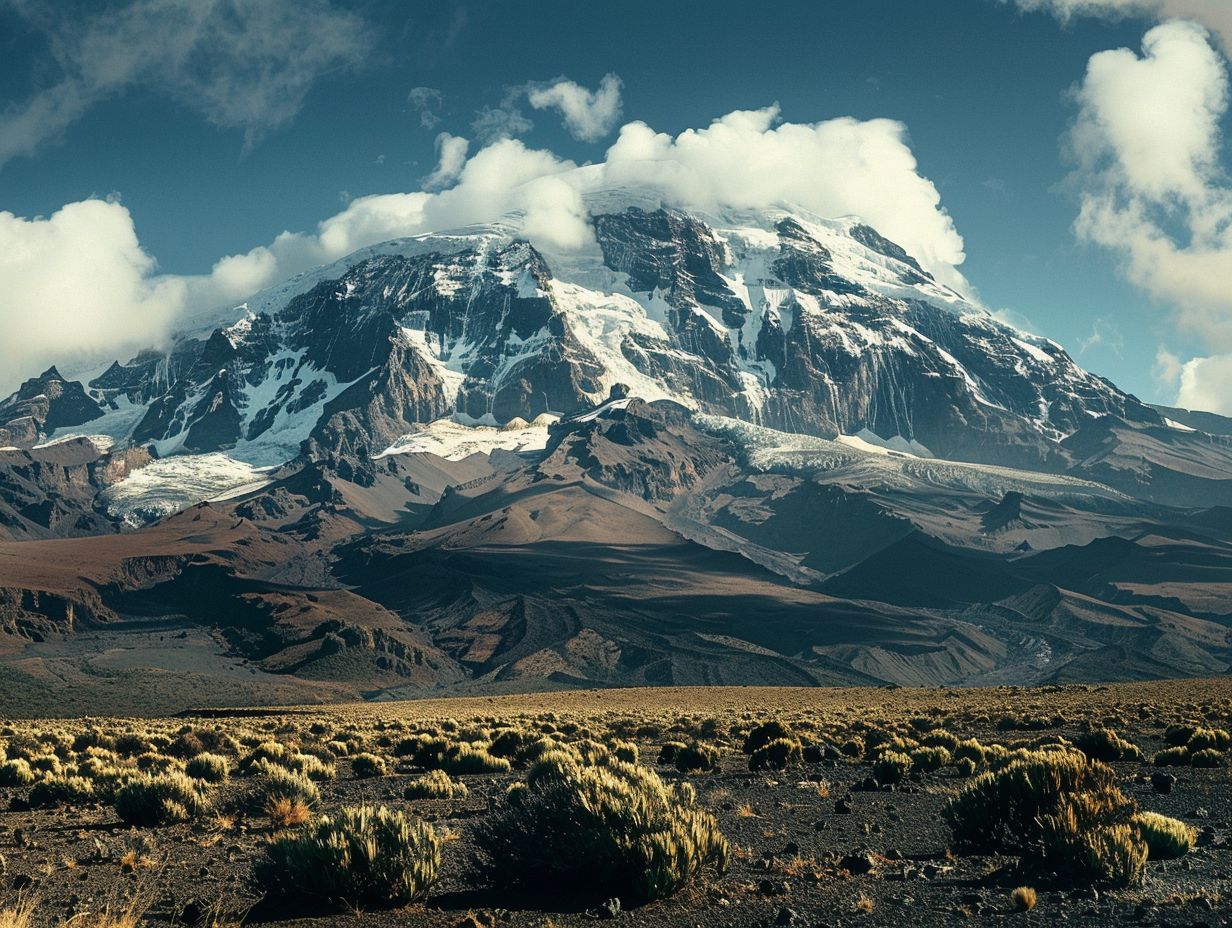
The disappearance of Kilimanjaro glaciers poses economic challenges for the region, particularly as it is a renowned tourist destination.
The loss of these majestic glaciers not only affects the scenic beauty and natural habitat of the mountain but also impacts the overall experience for tourists. Kilimanjaro attracts adventurers and nature enthusiasts from all corners of the globe, drawn by its iconic snow-capped peaks and diverse ecosystems.
The decline in glacial coverage jeopardizes the unique appeal that the mountain holds, potentially leading to a decrease in visitor numbers and subsequently, a decline in tourism-related income.
What Can Be Done to Save Kilimanjaro Glaciers?
Efforts to save Kilimanjaro glaciers involve reducing CO2 emissions, promoting sustainable tourism practices, and implementing reforestation initiatives in the region. These strategies aim to mitigate the impacts of climate change on the mountain’s ice fields.
Reducing CO2 emissions is crucial as the greenhouse gas contributes significantly to global warming, accelerating glacial melt on Kilimanjaro. Sustainable tourism practices ensure that visitors appreciate the mountain while minimizing their environmental footprint, creating a harmonious balance between conservation and exploration.
Reforestation efforts play a vital role in restoring the natural habitats around Kilimanjaro, providing a buffer against erosion and preserving the unique ecosystem of the region.
Reducing Carbon Emissions
Reducing carbon emissions at a global scale is crucial to safeguarding Kilimanjaro glaciers from further deterioration. Addressing the root causes of climate change, particularly CO2 emissions, is essential in preserving the mountain’s ice fields.
Global emissions contribute significantly to the degradation of Kilimanjaro’s glaciers, posing a direct threat to the iconic ice formations. The rise in CO2 emissions plays a pivotal role in accelerating climate change, leading to the loss of glacier mass and overall impact on the mountain ecosystem.
This interconnected relationship between Kilimanjaro, global emissions, and CO2 emissions underscores the urgent need for collective action to reduce carbon footprints and mitigate the adverse effects on the environment.
Reforestation Efforts
Reforestation initiatives around Kilimanjaro play a vital role in restoring crucial habitats and mitigating the impacts of deforestation on the region’s glaciers.
These endeavors contribute significantly to the overall health of the ecosystem, fostering a balanced and sustainable environment that supports a wide array of plant and animal species essential for biodiversity.
By planting native tree species, reforestation helps maintain soil stability and water retention, ultimately benefiting the glaciers on Kilimanjaro. The improved vegetation cover resulting from these initiatives also aids in reducing erosion and improving local water quality, contributing to the long-term sustainability of the entire ecosystem.
Sustainable Tourism
Promoting sustainable tourism practices on Kilimanjaro is essential to minimize the ecological footprint of visitors and preserve the mountain’s delicate ecosystems. Embracing sustainable tourism principles can help balance conservation efforts with the economic benefits of tourism.
By encouraging responsible tourism behavior, such as waste reduction, utilizing eco-friendly modes of transportation, and supporting local communities, Kilimanjaro can continue to be a thriving destination while safeguarding its natural wonders.
Sustainable tourism not only helps protect the glacier on Kilimanjaro but also ensures that future generations can appreciate its beauty and significance. Visitors play a crucial role in maintaining the ecological integrity of one of Africa’s most iconic landmarks through their conscious choices.
Conclusion
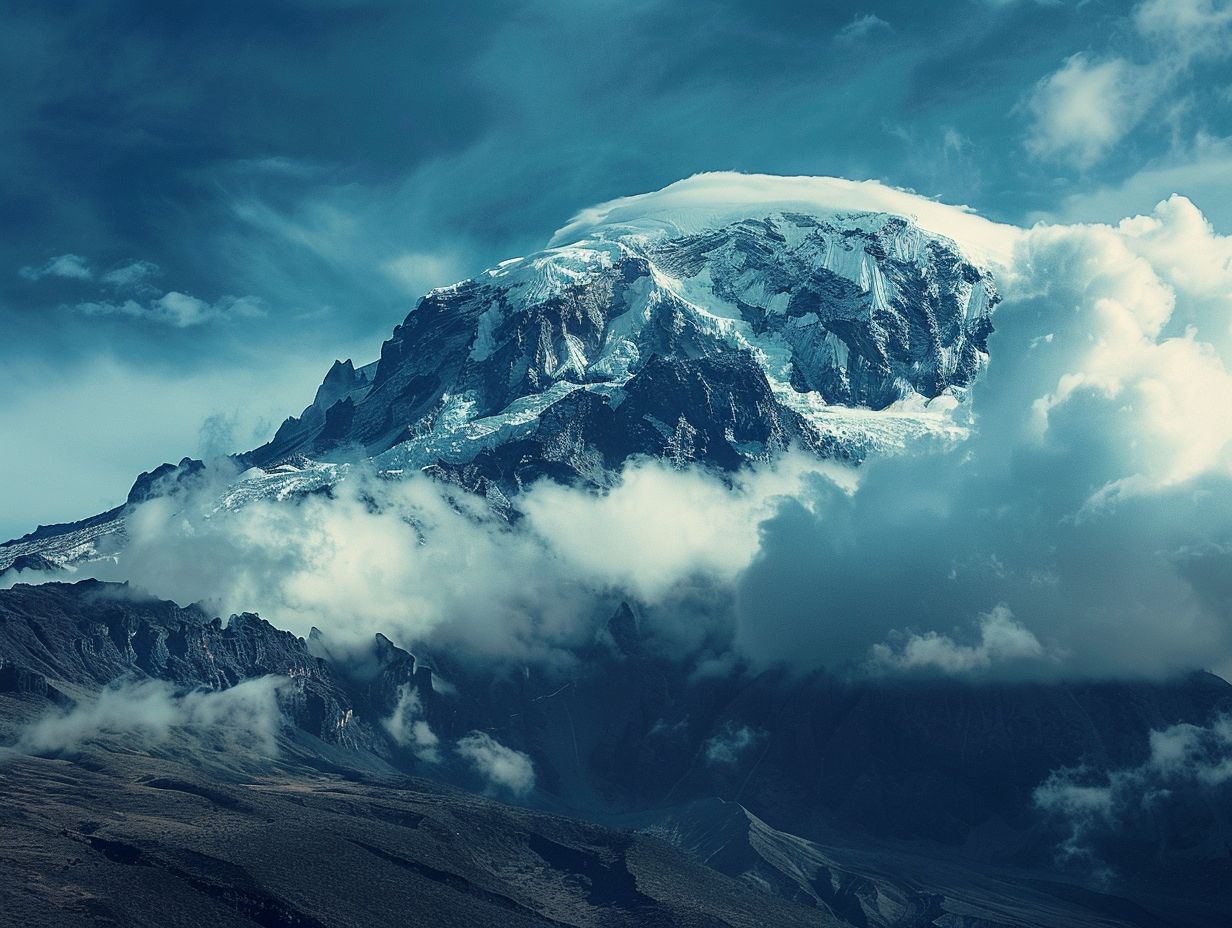
The fate of Kilimanjaro glaciers highlights the urgent need for global action to address climate change.
The receding glaciers on Kilimanjaro are not just a local concern but serve as a stark reminder of the broader impacts of climate change.
The meltwater from these glaciers plays a vital role in sustaining communities, ecosystems, and biodiversity in the region, emphasizing the interconnectedness of environmental systems.
International climate conferences play a crucial role in fostering cooperation among nations to collectively combat climate change and protect vulnerable regions like those around Kilimanjaro.
Frequently Asked Questions
When Will Kilimanjaro Glaciers Disappear?
The glaciers on Mount Kilimanjaro are shrinking at an alarming rate and have been for decades. It’s a commonly asked question about when they will disappear completely. Here are some FAQs to help you understand more about the timeline for Kilimanjaro’s glaciers.
Why are the Kilimanjaro Glaciers Disappearing?
The main reasons for the disappearance of the glaciers on Kilimanjaro are climate change and human impact. As global temperatures rise, the glaciers are melting at a faster rate, and deforestation around the mountain has also contributed to the loss of the glaciers.
How much have the Kilimanjaro Glaciers already disappeared?
It is estimated that since the late 19th century, the glaciers on Mount Kilimanjaro have lost up to 85% of their total surface area. The glaciers once covered over 20 square kilometers, but now only cover around 3 square kilometers.
Will the Kilimanjaro Glaciers disappear completely?
Unfortunately, it is predicted that the glaciers on Kilimanjaro will disappear completely in the next few decades. The current rate of melting is faster than the rate at which the glaciers can accumulate new ice, making their disappearance inevitable.
What does the disappearance of Kilimanjaro’s glaciers mean for the environment?
The disappearance of the glaciers on Kilimanjaro will have a significant impact on the local ecosystem and the people who rely on it. It will affect water sources, vegetation, and wildlife, and could lead to changes in weather patterns and increased risk of natural disasters.
Is there anything we can do to save the Kilimanjaro Glaciers?
Efforts are being made to slow down the melting of the glaciers on Kilimanjaro, such as promoting sustainable tourism and reducing carbon emissions. However, the most significant factor in saving the glaciers is addressing the root cause of climate change on a global scale.